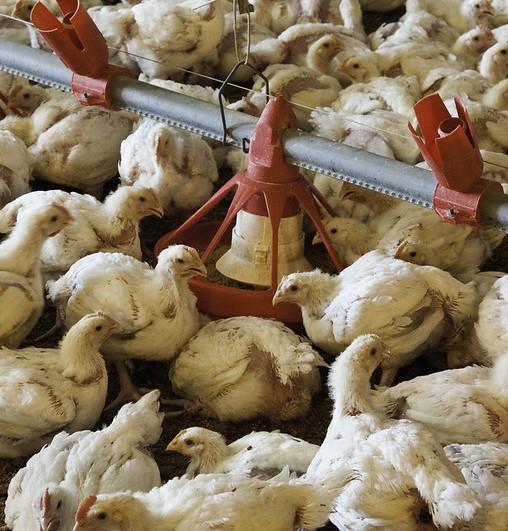
If the United States had rolled out COVID-19 booster doses with the same speed and consistent public health messaging as Israel, another 29,000 US lives could have been saved by June 2022, estimates a new study published in Health Affairs.
The Northwestern University-led study team mined COVID-19 death and vaccination data for Milwaukee County, Wisconsin, for 2017 to 2022 to estimate vaccine effectiveness against death among people ages 55 years and older. They then extrapolated the estimates to national death and vaccination data.
The study authors also estimated the number of lives that could have been saved had the US booster campaign started later than Israel's but with the same uptake speed and coverage, as well as the potential number of additional lives lost had the US rollout been slower but with the same uptake.
On July 29, 2021, Israel became the first country to roll out COVID-19 boosters for adults ages 60 and older, expanding quickly to all adults who completed the primary vaccine series at least 5 months before. US authorization lagged Israel's by 2 months, starting on September 18, 2021, and only for older and high-risk people 6 months after primary vaccination; authorization was expanded to all adults on November 29.
US rollout still may have averted 42,000 deaths
Of 300,791 COVID-19 deaths among people 55 and older, 56,566 occurred among vaccinated people eligible for boosters, and an estimated 29,418 (52%) of those deaths could have been prevented had the United States followed Israel's lead with the booster rollout.
Moving more slowly to approve boosters, as some advocated, would have cost many additional lives.
"However, FDA [US Food and Drug Administration] scientists and others questioned whether boosters were needed at all and how soon they might be needed, and they wanted to prioritize initial vaccination and save vaccine doses for poor countries," the researchers wrote.
But while US regulatory caution amid a pandemic had a large, avoidable cost, "the US booster rollout still avoided 42,000 deaths," they added. "Moving more slowly to approve boosters, as some advocated, would have cost many additional lives."













